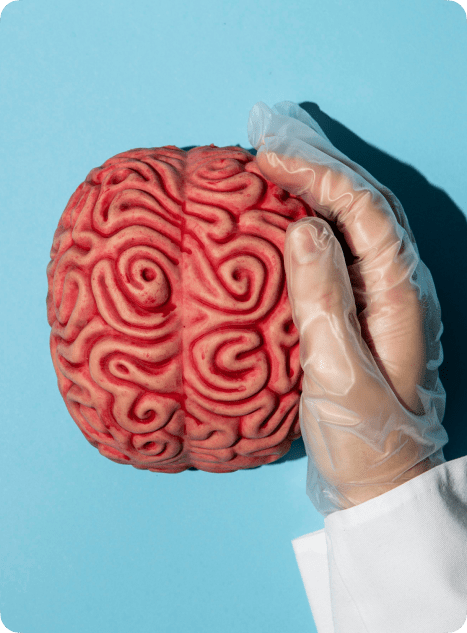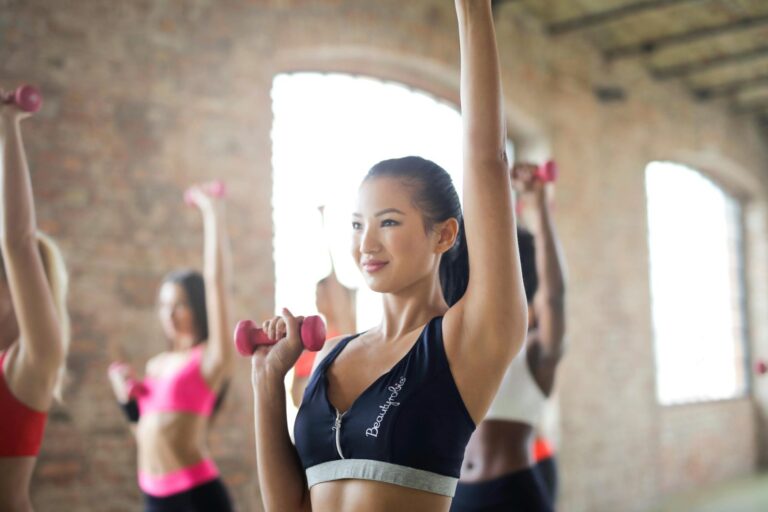Featured Items for the Wrist and Forearm: Fundamental to finger functionality!
Here’s a draft for a blog post about the importance of wrist and firearm/finger functionality, especially for stroke survivors:
Title: Why Wrist and Finger Functionality Matters After Stroke Recovery
After a stroke, regaining movement and function in the affected limbs is a long and often frustrating journey. For those of us who have experienced hemiparesis—weakness on one side of the body—our focus tends to be on the “big” movements: walking, standing, reaching. But over time, many stroke survivors come to realize that it’s the smaller, more precise movements—especially in the wrist and fingers—that can have the biggest impact on daily independence.
The Unsung Heroes: Wrist and Finger Function
Think about how many tasks you perform each day that require coordinated wrist and finger movement:
Holding a fork or spoon
Brushing your teeth
Typing or using a phone
Buttoning a shirt
Holding a guitar pick or writing with a pen
When your wrist is weak or your fingers are stiff, tight, or spastic, these everyday tasks can feel nearly impossible. It’s not just frustrating—it can be emotionally exhausting.
Wrist Extension: The Gateway to Hand Use
Many stroke survivors struggle to regain wrist extension (bending the wrist upward). Without this motion, it’s difficult to position your hand properly for gripping or manipulating objects. A flexed wrist forces the fingers into a curled position, making grasp and release even harder.
Physical and occupational therapists often say, “No wrist extension, no functional hand.” That’s how critical this movement is.
Finger Functionality: More Than Just Movement
It’s not just about being able to move your fingers—it’s about controlling them. Post-stroke, some survivors experience spasticity that causes the fingers to curl tightly into the palm, while others lose the ability to coordinate finger movement altogether. This affects fine motor tasks and can lead to skin breakdown, hygiene issues, and frustration during therapy.
When even holding a toothbrush or cup is a challenge, it can feel like progress is out of reach.
Tools That Can Help
The good news is, there are tools and strategies designed to support wrist and finger recovery:
Splints and braces that promote wrist extension and prevent contractures
Electric stimulation devices to re-train the wrist and hand muscles
Rehab tools like therapy putty, resistance bands, or spring-loaded grips to strengthen finger extensors
Assistive devices such as universal cuffs, adapted eating utensils, and guitar tools to encourage independence while training
We feature many of these items on this store for those seeking practical solutions during recovery.
The Emotional Side of Hand Recovery
Let’s not overlook the mental and emotional toll of wrist and finger impairment. Losing the ability to write your name, feed yourself, or strum a guitar can impact your identity and independence. Regaining even partial function can lead to a huge boost in confidence and motivation.
Final Thoughts
Wrist and finger functionality is about more than movement—it’s about reclaiming your independence, identity, and ability to interact with the world. Whether you’re early in your stroke recovery or years into the journey, it’s never too late to focus on your hand. The brain remains plastic, and with enough repetition, effort, and support, small victories are possible.
Have you found a tool or exercise that’s helped improve your wrist or hand function? Share your experience in the comments or check out more resources at this store
-
 Rated 0 out of 5Sale!Buy product Compare
Rated 0 out of 5Sale!Buy product Compare$25.99Original price was: $25.99.$9.99Current price is: $9.99. -
 Rated 0 out of 5Sale!Buy product Compare
Rated 0 out of 5Sale!Buy product Compare$16.99Original price was: $16.99.$9.99Current price is: $9.99. -
 Rated 0 out of 5Sale!Buy product Compare
Rated 0 out of 5Sale!Buy product Compare$21.99Original price was: $21.99.$12.99Current price is: $12.99. -
 Rated 0 out of 5Sale!Buy product Compare
Rated 0 out of 5Sale!Buy product Compare$25.99Original price was: $25.99.$17.99Current price is: $17.99. -
 Rated 0 out of 5Sale!Buy product Compare
Rated 0 out of 5Sale!Buy product Compare$17.99Original price was: $17.99.$15.99Current price is: $15.99. -
 Rated 0 out of 5Sale!Buy product Compare
Rated 0 out of 5Sale!Buy product Compare$16.99Original price was: $16.99.$14.99Current price is: $14.99. -
 Rated 0 out of 5Sale!Buy product Compare
Rated 0 out of 5Sale!Buy product Compare$11.99Original price was: $11.99.$7.99Current price is: $7.99. -
 Rated 0 out of 5Sale!Buy product Compare
Rated 0 out of 5Sale!Buy product Compare$9.99Original price was: $9.99.$8.99Current price is: $8.99. -
 Rated 0 out of 5Sale!Buy product Compare
Rated 0 out of 5Sale!Buy product Compare$11.99Original price was: $11.99.$9.99Current price is: $9.99.
Welcome To
I Survived the Stroke Store
Empowering Recovery, One Step at a Time.
I am here to help people rebuild their lives after a Stroke or TBI by providing the products they will need to help them regain strength, mobility, and functionality.
As an affiliate, I earn from qualifying purchases.

About
Life is Good ,I survived My stroke
Hello, and welcome to the Flippin Stroke Survivor Store. My name is John Van Deun and I had a stroke in November of 2008. That puts me quite a ways out with no end in sight! Because these years have not been the most favorite. And as you might guess these years have been a constant cycle of ups and downs. In the beginning mostly downs. But as the years have gone by the ups have been more and more frequent. Probably due to a change in my outlook on life and my attitude. If you would like to learn more about my stroke journey please visit my blog. There is a button to go there in the header or footer of this page. Or you can get there from here

WHY CHOOSE US
WHY CHOOSE ME
Where Precision Meets Compassion in Stroke Care
We are here to help people rebuild their lives after a TBI by providing the products they will need to help them regain strength, mobility, and functionality. This is an affiliate store, and I earn from qualifying purchases as an affiliate. However, prices are not increased due to commissions.
Shop Featured
Under Construction
TESTIMONIALS

Justin Kent
@Justin Kent

Justin Kent
@Justin Kent

Justin Kent
@Justin Kent















